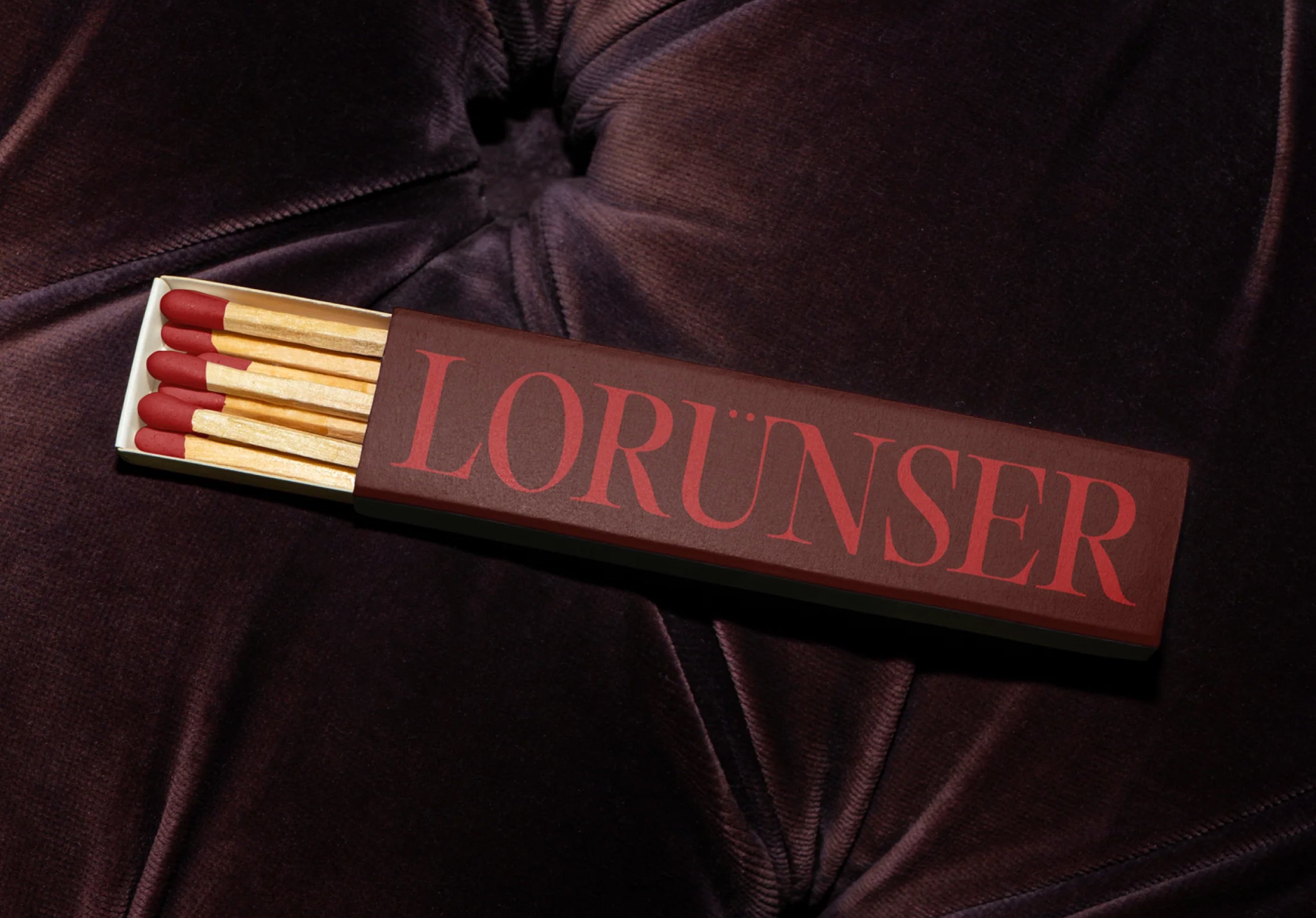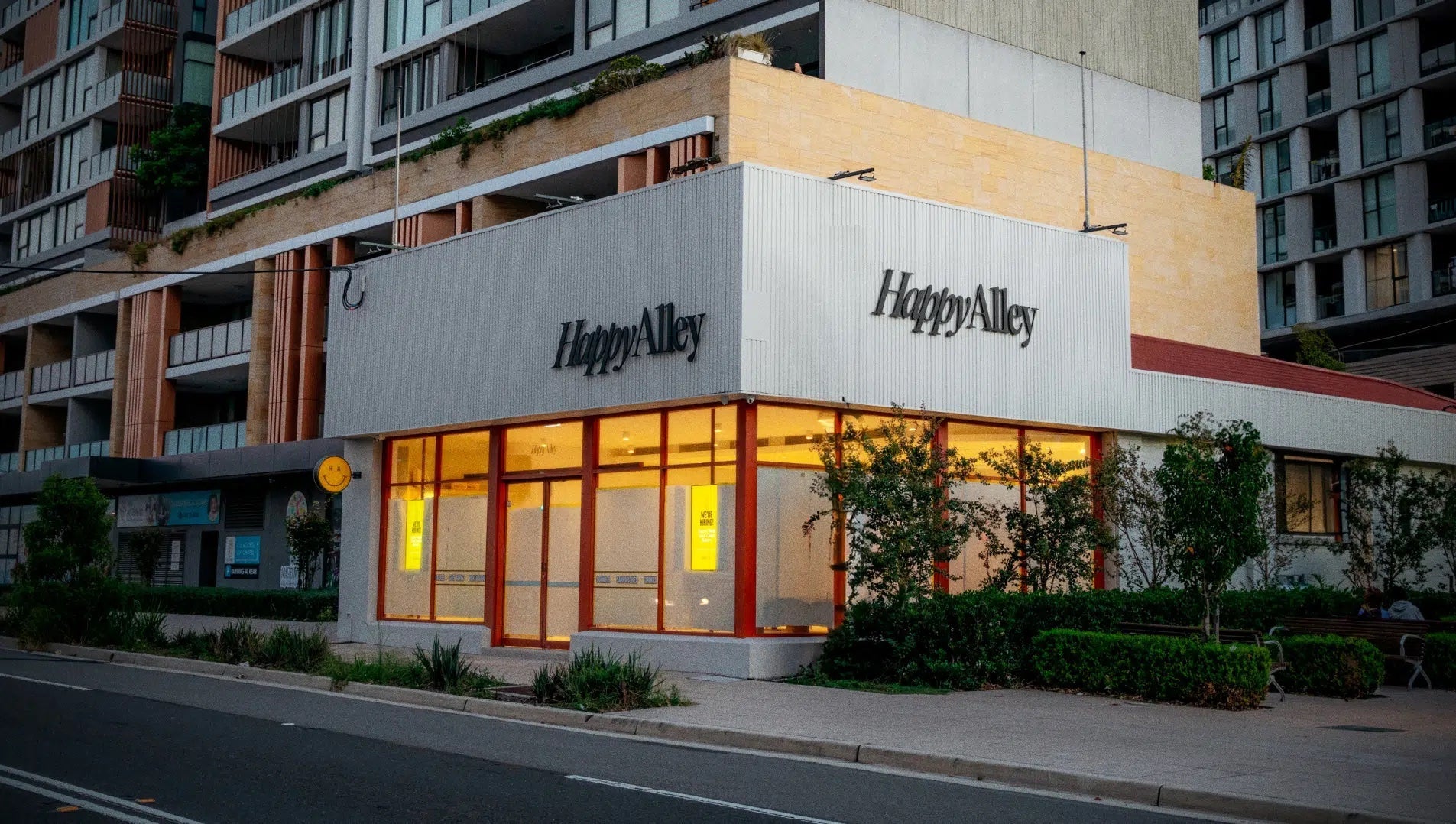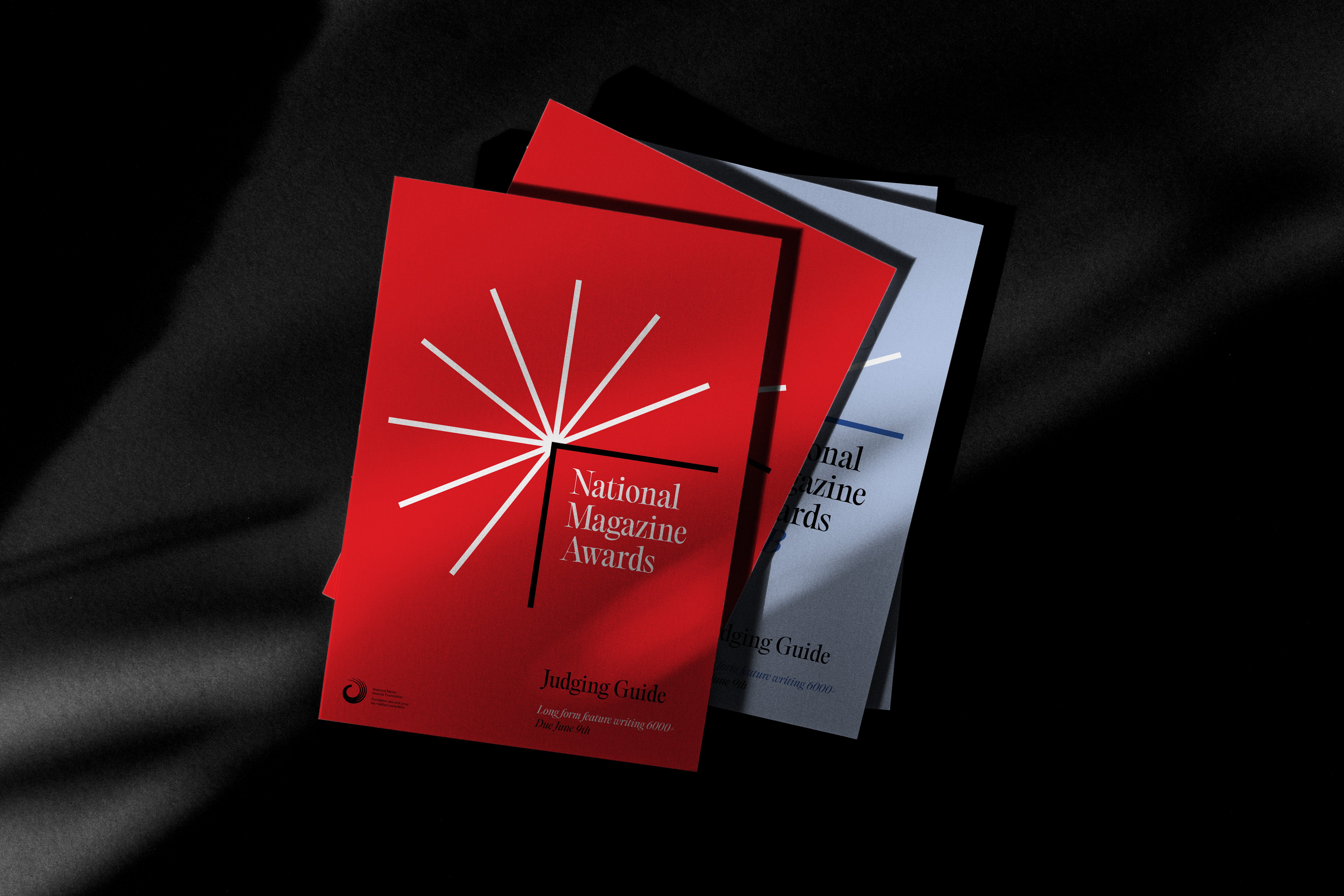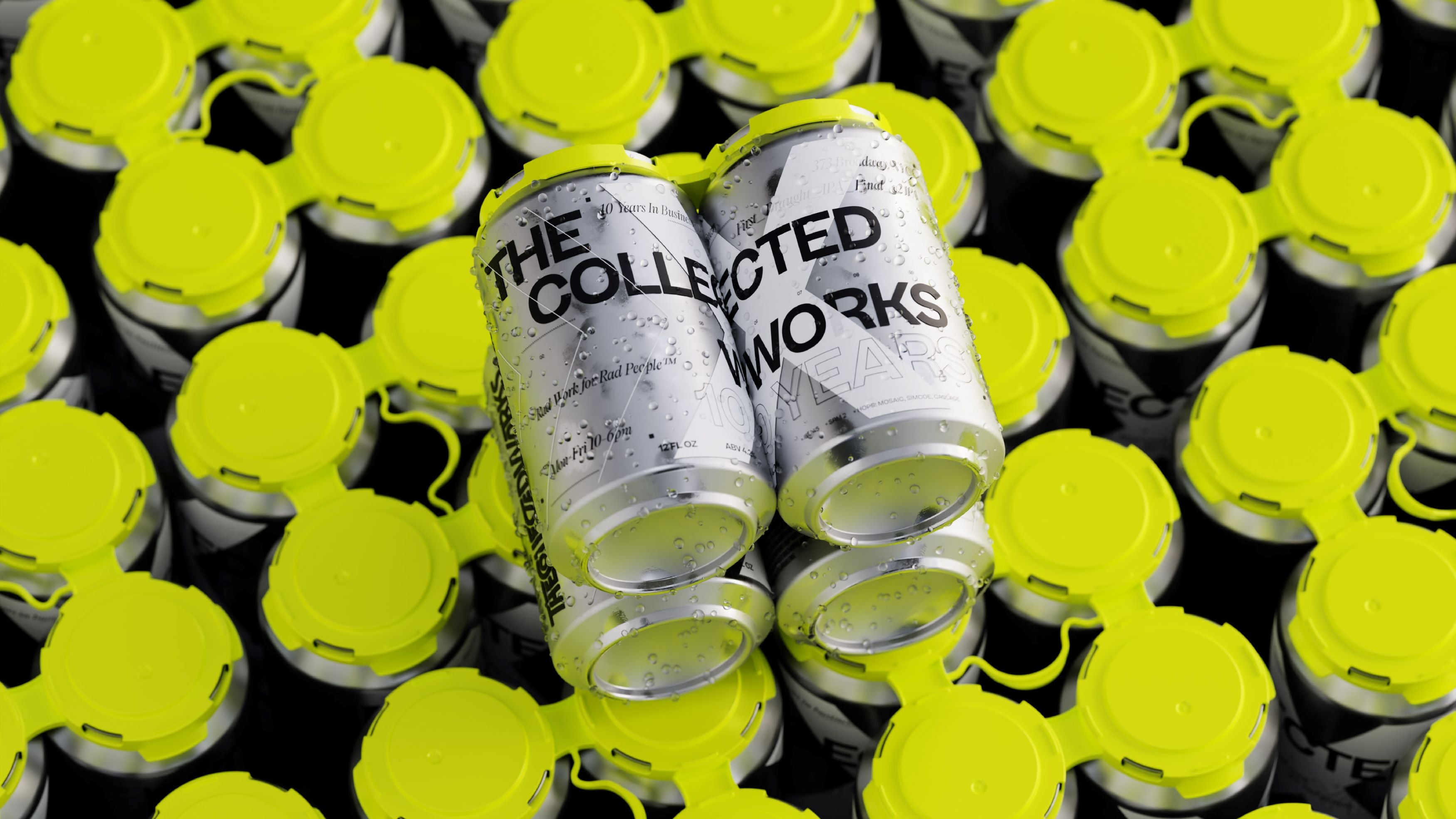Editorial Old
Une police à empattement étroit, précise et élégante, conçue pour les textes longs, avec une personnalité affirmée pour un titre affirmé. Elle est parfaite pour donner à votre design un esprit rétro des années 90, tout en étant riche et contemporaine.
Essai gratuit
Licenses à partir de $40
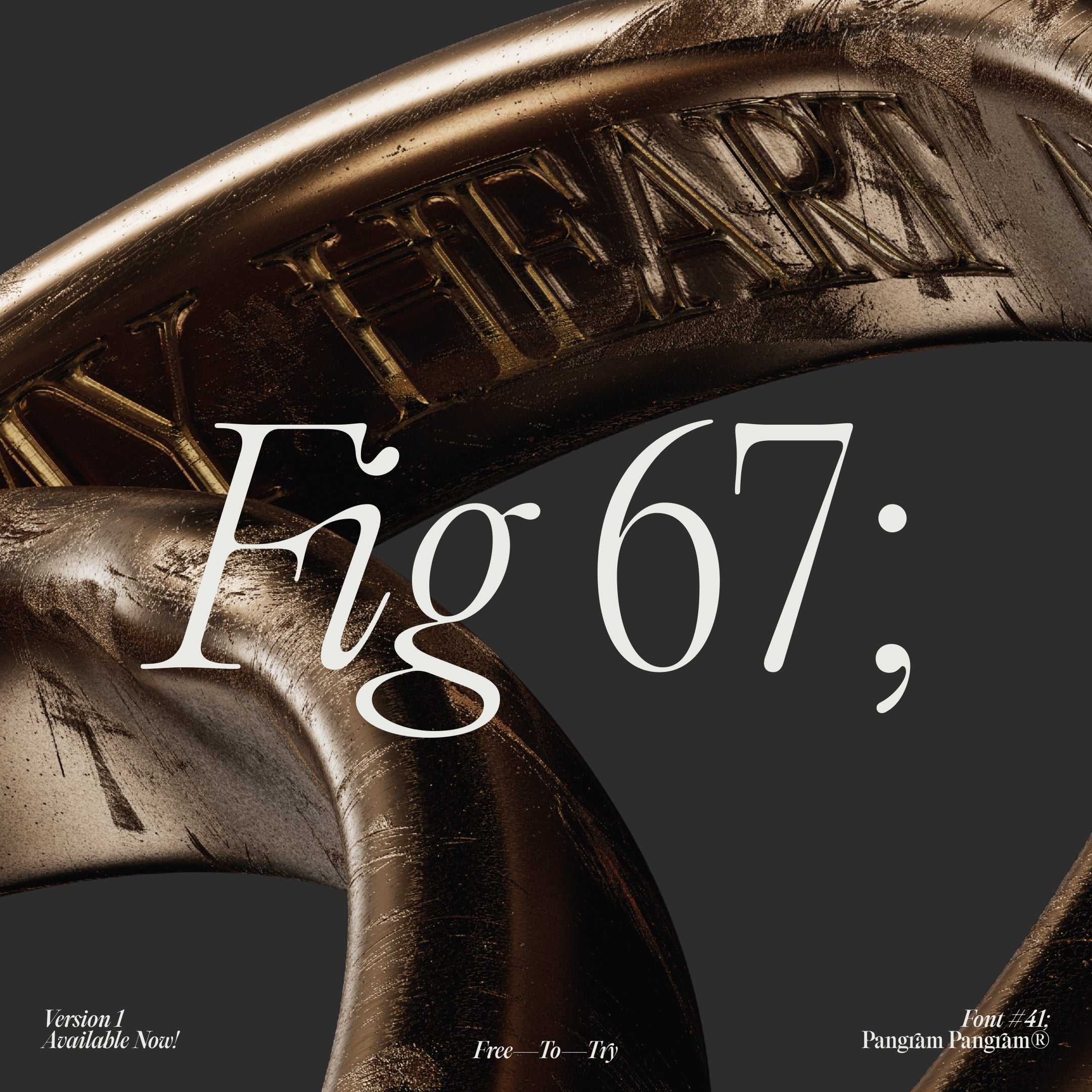
Liste de styles Editorial Old
16 Styles
01234567
{(!@#$?&)}
01234567
{(!@#$?&)}
- Thin 100
- Ultralight 200
- Light 300
- Regular 400
- Medium 500
- Bold 700
- Ultrabold 800
- Heavy 900
- Thin Italic 100
- Ultralight Italic 200
- Light Italic 300
- Italic 400
- Medium Italic 500
- Bold Italic 700
- Ultrabold Italic 800
- Heavy Italic 900
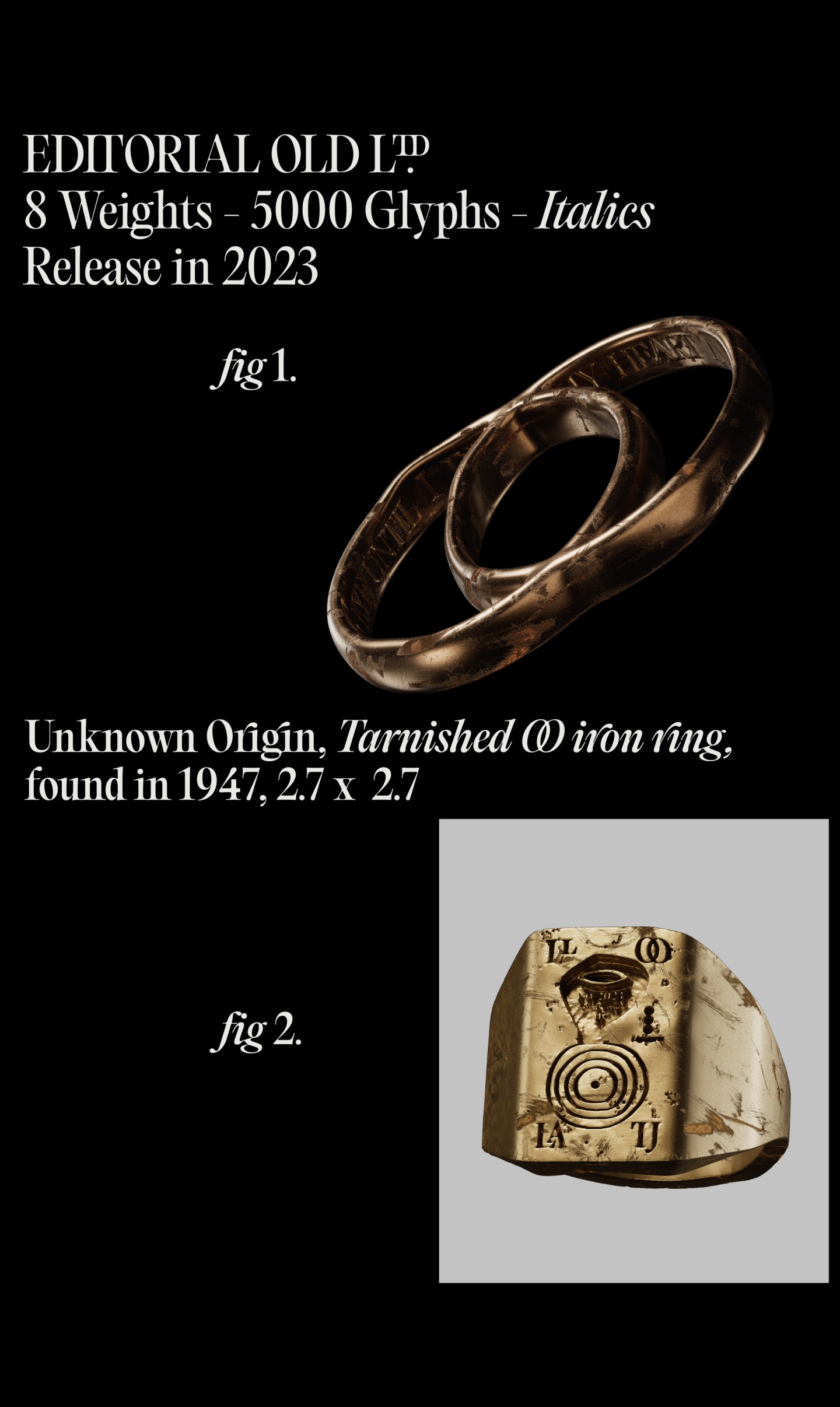
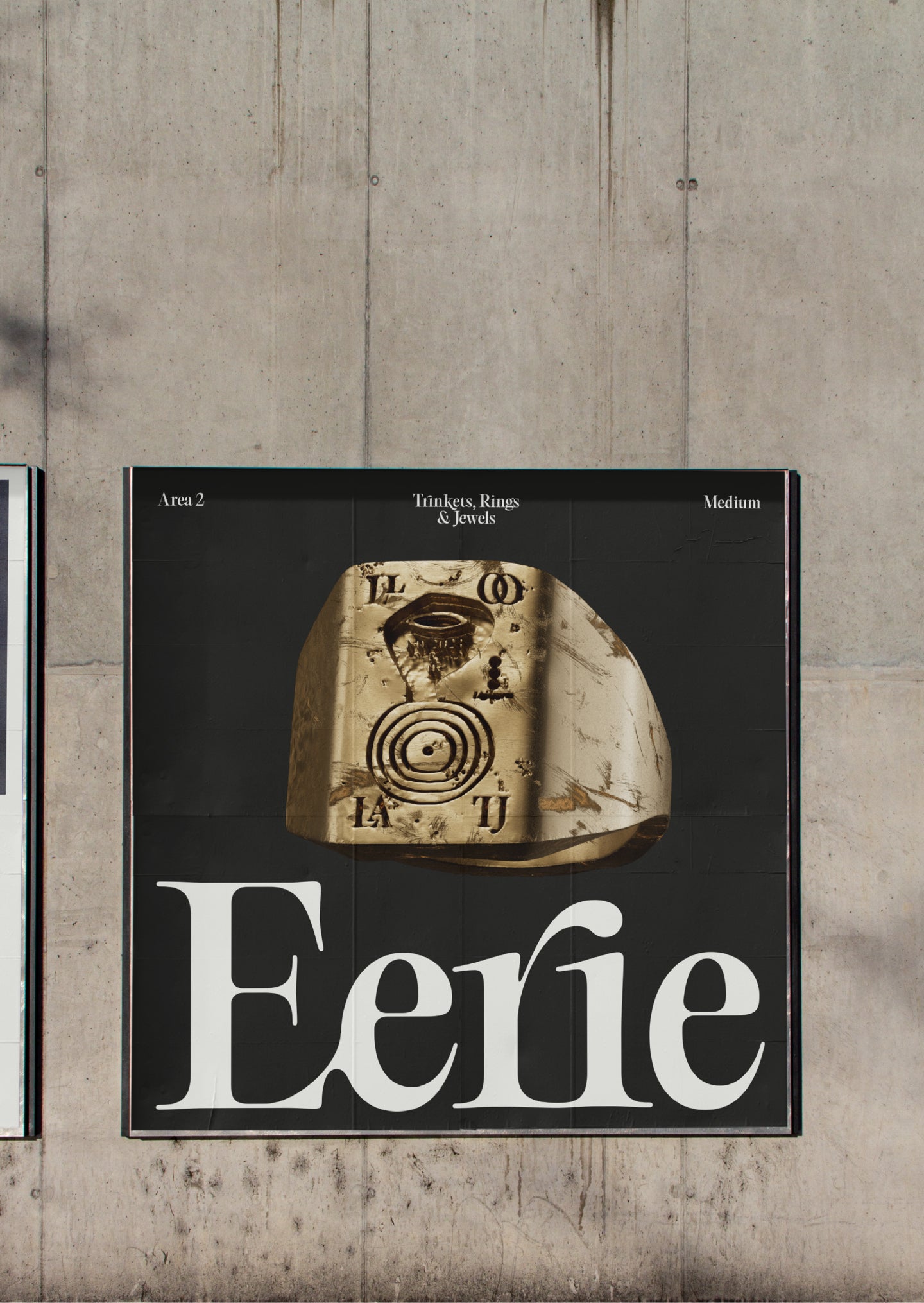
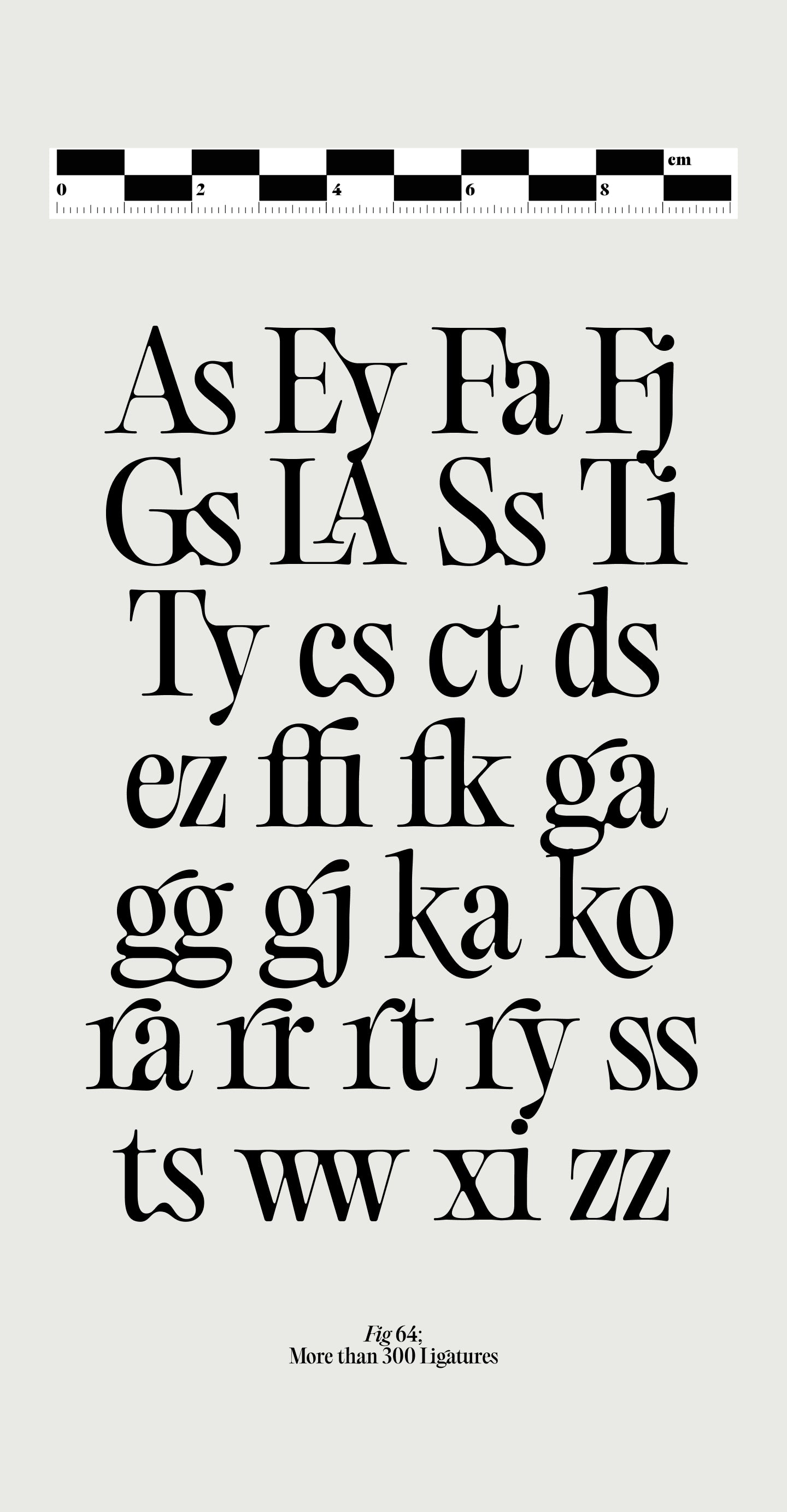
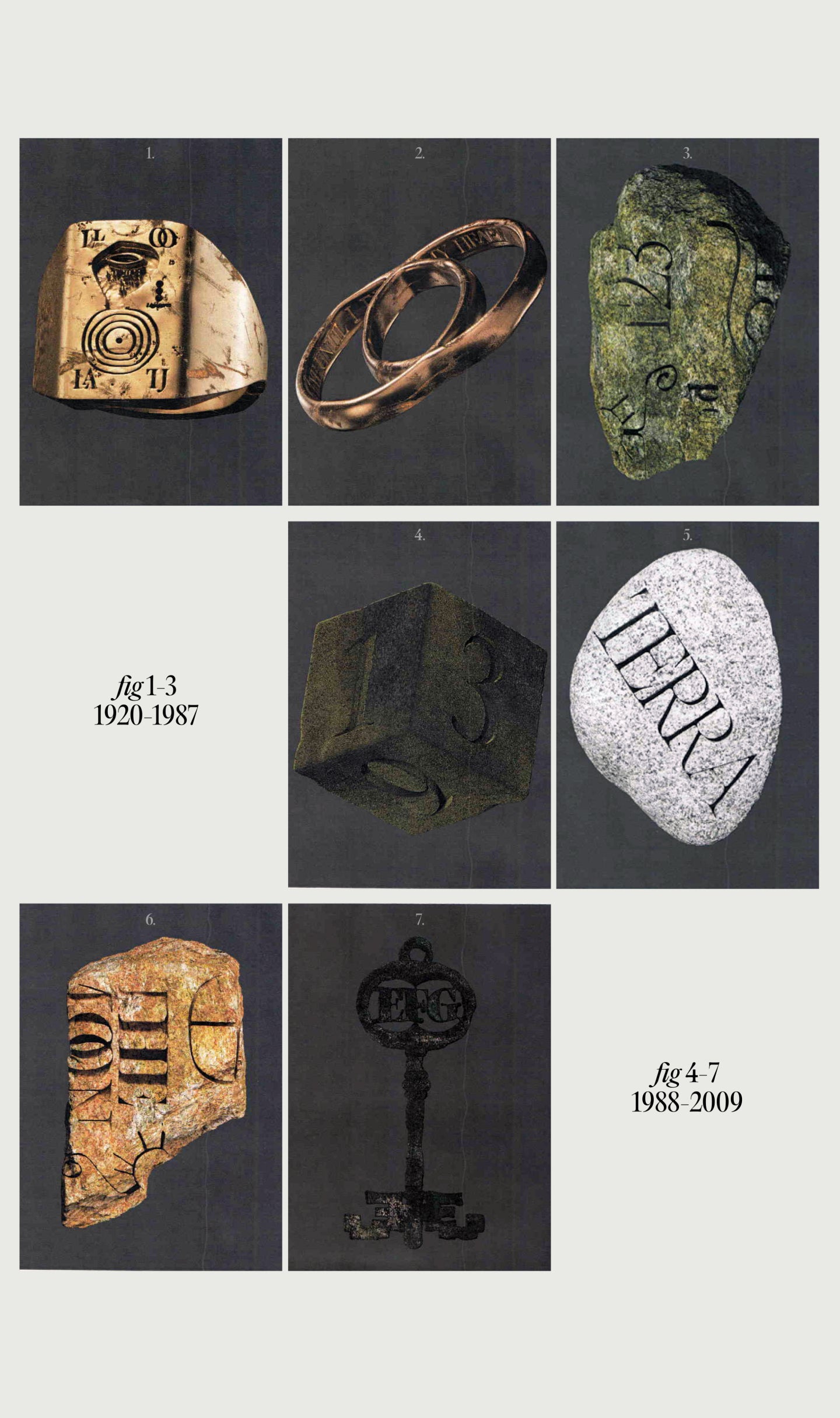
Editorial Old
with Italics
Aperçu de l'ensemble des glyphes
Aperçu de l'ensemble des glyphes
Vue des glyphes

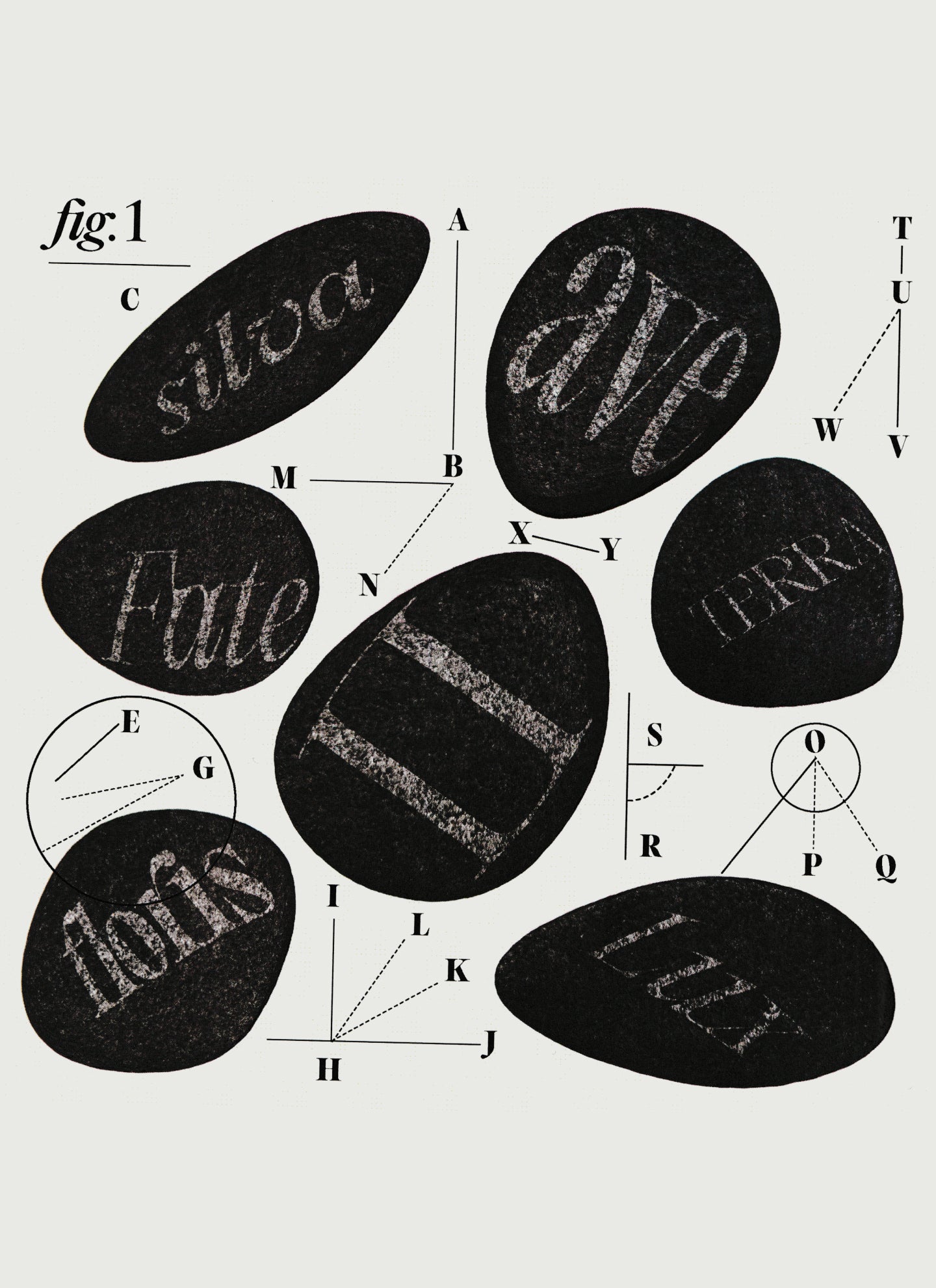
Fonctionnalités de Editorial Old
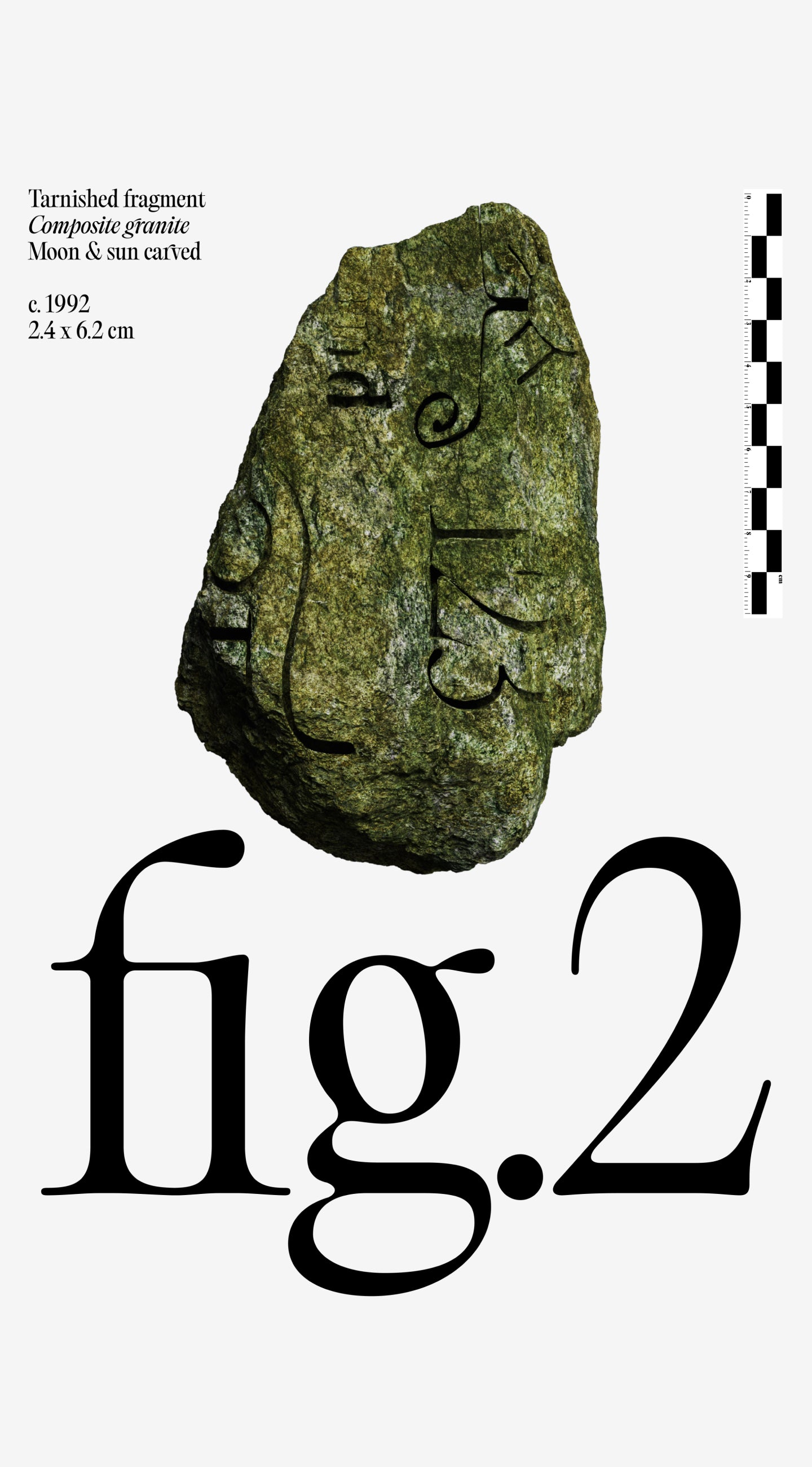
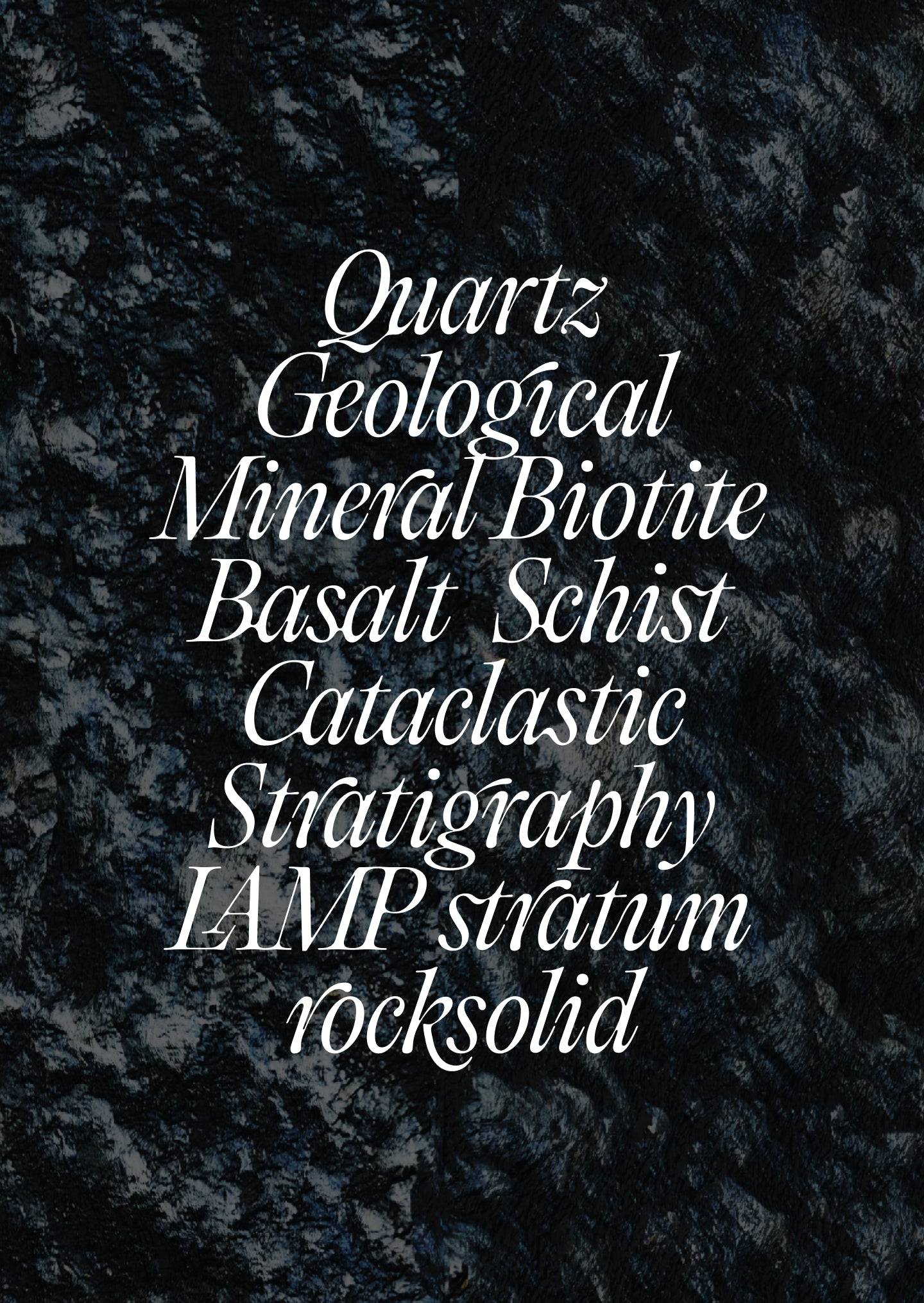
Et si le nouveau éditorial devenait « ancien » ?
Le concept d'Editorial New trouve son origine dans les publicités vintage des années 70 et 80. Avec sa forme plus Narrowet ses courbes élégantes, cette police à empattement, véritable référence, est rapidement devenue l'une de vos préférées. ▲ Fort de ce succès, nous avons eu l'idée de pousser ce concept vintage un peu plus loin dans ce spin-off.
Et si le nouveau éditorial devenait vieux ?
Ses courbes seraient moins tendues, ses connexions plus dExtendeds, sa ligature plus tombante et plus présente, ses terminaisons plus douces. Parallèlement à cette idée de publicités vintage, nous avons créé une version fondue et érodée de notre classique intemporel, agrémentée de nombreuses ligatures somptueuses.
La campagne visuelle menée par Two Times Elliott incarne cette idée d'intemporalité à travers des courbes raffinées, des bizarreries gravées et moulées, des bibelots et des bijoux.
Créateurs
Collaborateur
Catégories
- Italics
- Serif
- Variable
Styles
- 16 Styles
16 styles avec 463 glyphes chacun
avec Italiques
Version
1.00
Dernière mise à jour : Mars 2023
Formats disponibles
OTF, TTF, WOFF, WOFF2
Langues supportées
Afrikaans, basque, breton, catalan, croate, tchèque, danois, néerlandais, anglais, estonien, finnois, français, gaélique, allemand, hongrois, islandais, indonésien, irlandais, italien, letton, lituanien, norvégien, polonais, portugais, roumain, sami, serbe, slovaque, slovène, espagnol, swahili, suédois, turc (et plus)
Licences commerciales
Vous ne savez pas quoi choisir ? Ou vous ne trouvez pas la couverture qui vous convient ?
Contactez-nous pour nos licences d'entreprise sur mesure !
Besoin de plus d'informations sur nos licences ?
Notre FAQ contient généralement la plupart des réponses.


